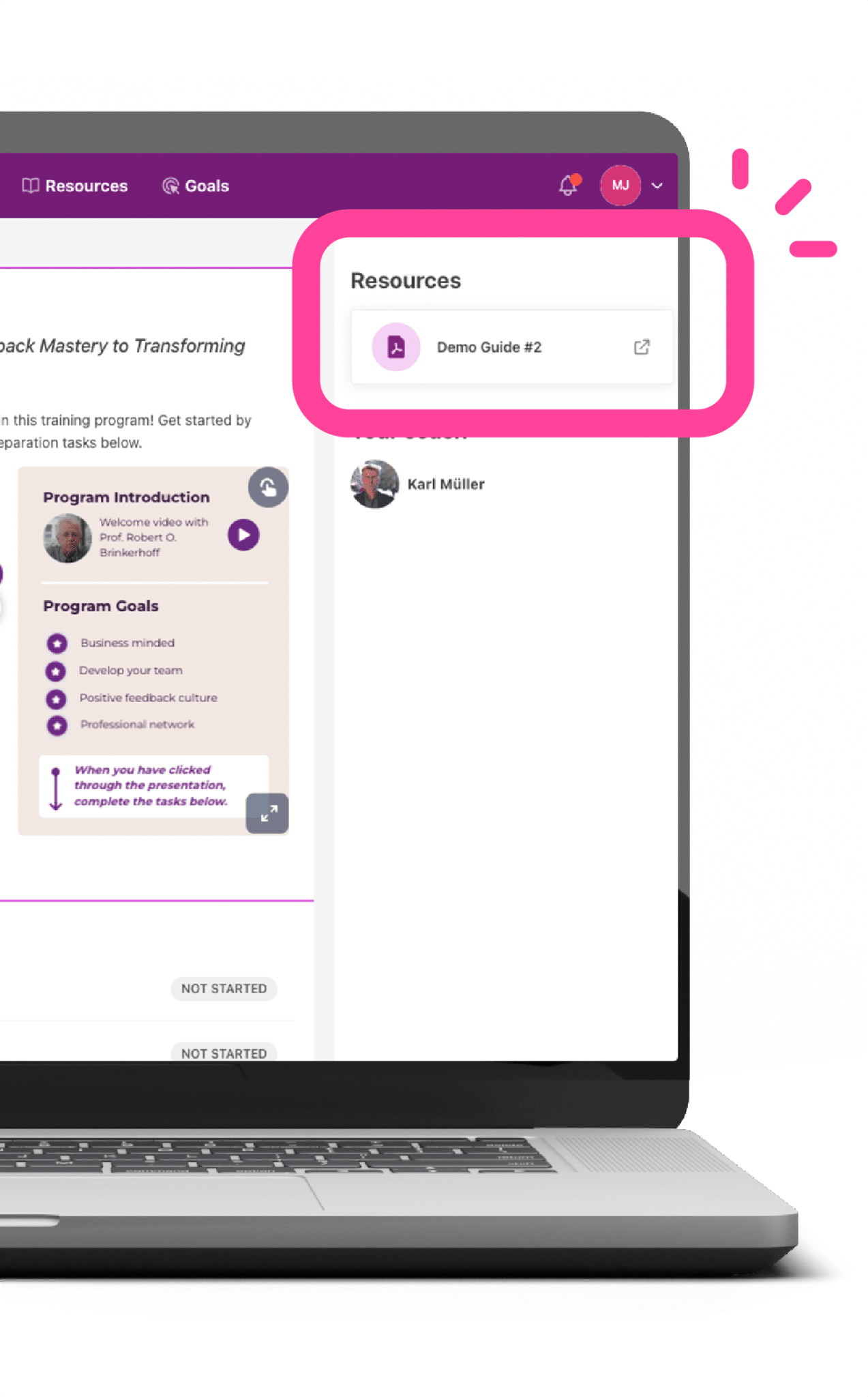[vc_row full_width=”stretch_row” css=”.vc_custom_1579602009300{background-color: #6c2a93 !important;}”][vc_column][pi_hero headline=”Guest Post: After all, they learn! Promote as the fountain of youth for the learning and development culture”][/pi_hero][/vc_column][/vc_row][vc_row][vc_column width=”5/6″][pi_image image=”986″][vc_column_text]
Guest post by Michael Haas originally published on MDI Management Development Institute
Maybe you ask yourself if a simple blog entry about a learning transfer platform is able to keep the promise given in the headline. And if you think of me as a sales consultant for this very learning transfer platform you might expect mere sales and marketing packed in some nice words explaining the benefits you as a company might gain from Promote. Well, you will read a little bit of that. But first and foremost I’d like to explain why I love my new role as a sales consultant for the platform and which renovations I see by using the learning transfer platform.
Since 20 years I’m occupied with planning, design and implementation of learning and development processes within organisations. In doing so I had both the internal and external position twice, so I genuinely know the perspectives and challenges on both sides.
What happens after the training?
Talking polemically but nevertheless to the point I’d like to say what we all experiences from time to time: A single training shot often moves little. Those “happy sheets” (pay attention to the word!!) evaluating a training are nice to have but often the well-meant resolutions get killed by the mighty forces of persistence. Only one or two out of twelve participants succeed in effectively applying what they learned in the training. All the other try, meet internal or external resistance, give up, fail. It was a nice training. Mission complete.
But there are implementation agreements! And the line managers are on board, that improves both quality and results, you might think. That’s right. But that’s the snag. I don’t want to know in which drawer, or using more modern words: in which sub-sub-folder, all those agreements, formally signed, disappear. Out of sight, out of mind. Nobody will notice. And the trainer is just an onlooker. Until HR remarks that nobody applies the trained contents there are new programs ready to start.
Changing the learning culture
Changing learning culture means taking huge strides. And that’s the hour of Promote. Entertaining and easy to understand a video shows how it works. Use the chance to watch the video and learn how development processes may be displayed in a motivating, result-oriented and sustainable way. By the way, this would be the perfect shortcut for the very hurried readers.
And now I’ll say goodbye with my personal “sales arguments” for the learning transfer platform: With Promote I discovered a practicable way to manage learning and learning processes in an easy and effective way. One of my favourites is the possibility of the (very pragmatic and little time consuming) way to integrate line managers as learning coaches. At any time during the process HR has a perfect overview, sees the individual learning progress of participants and has the chance to intervene. Promote is a tool encouraging a dynamic learning culture focussing on practice and application and simultaneously using the communication forms and rules of social media in a very smart way.
So that’s why I am motivated and why I spend all my efforts and know-how on Promote in order to find new ways in terms of learning effectiveness. The only remaining question is: Why didn’t they hit on it earlier?
Sincerely,
Your Michael Haas, MDI
PS: PROMOTE is developed by trainers for trainers and HR.
[/vc_column_text][/vc_column][vc_column width=”1/6″][/vc_column][/vc_row]

